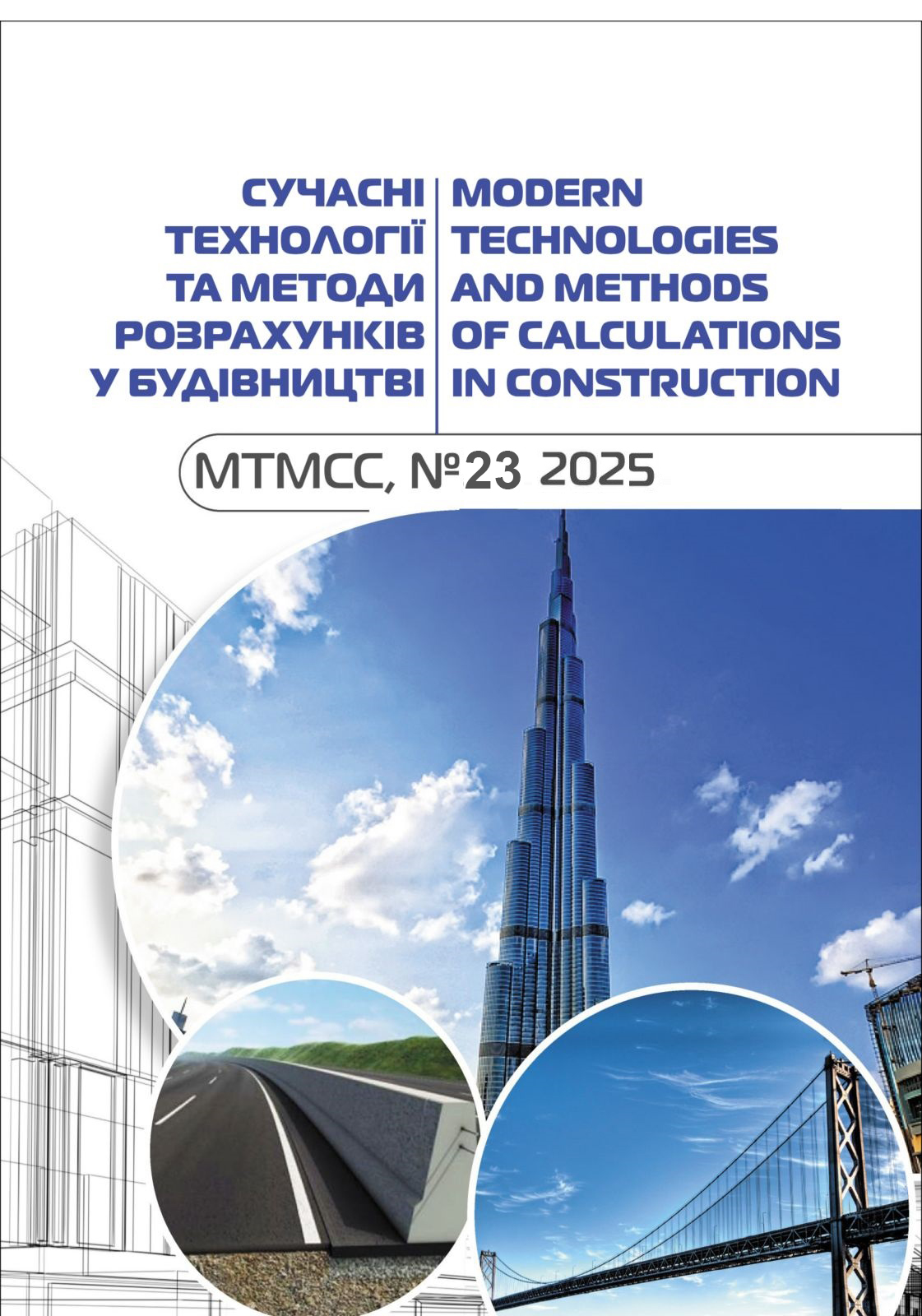Взаємозв'язок між температурою земної поверхні та характеристиками земного покриву міста Луцьк: аналіз часових рядів супутникових індексів Landsat.
DOI:
https://doi.org/10.36910/6775-2410-6208-2025-13(23)-31Ключові слова:
температура земної поверхні, спектральні індекси, часові ряди, кореляція, Landsat, Google Earth Engine.Анотація
Швидке зростання міського населення посилює ефект "острову тепла" (UHI), що має значний вплив на довкілля та здоров'я. Розуміння динаміки температури земної поверхні (LST) та її зв'язку з типами земного покриву є критично важливим для сталого міського розвитку. Дистанційне зондування Землі є цінним інструментом для моніторингу та дослідження температурного режиму міських територій, дозволяючи отримувати інформацію про LST на великих територіях з високою просторовою та часовою роздільною здатністю. На відміну від традиційних метеорологічних станцій, супутники забезпечують синоптичний огляд території, що є вирішальним для вивчення просторових закономірностей UHI. Особливо важливими є дані супутників програми Landsat, які надають довгострокові архівні записи з 1980-х років та мають термальні канали, придатні для розрахунку LST, а також канали у видимому, ближньому інфрачервоному та короткохвильовому інфрачервоному діапазонах для вивчення характеристик земного покриву.Дане дослідження присвячене аналізу довготривалої динаміки річних середніх значень LST та спектральних індексів NDVI та NDBI для міста Луцьк за період 1984-2024 років з використанням даних супутників Landsat (5, 7, 8, 9) та платформи Google Earth Engine. Застосовано методи аналізу часових рядів, лінійного трендового та кореляційного аналізу. Виявлено значні річні коливання LST та загальну тенденцію до її зростання (+0.17°C/рік). Спостерігається позитивний тренд NDVI та негативний тренд aльбедо. Кореляційний аналіз показав очікувані сильні негативні зв'язки LST з Альбедо. Однак, виявлені неочікувані позитивні кореляції LST з вегетаційними індексами та слабкі зв'язки з індексами забудови/голої землі потребують подальшого дослідження просторових закономірностей. Результати дослідження мають значення для оцінки мікроклімату та підтримки рішень з міського планування.


